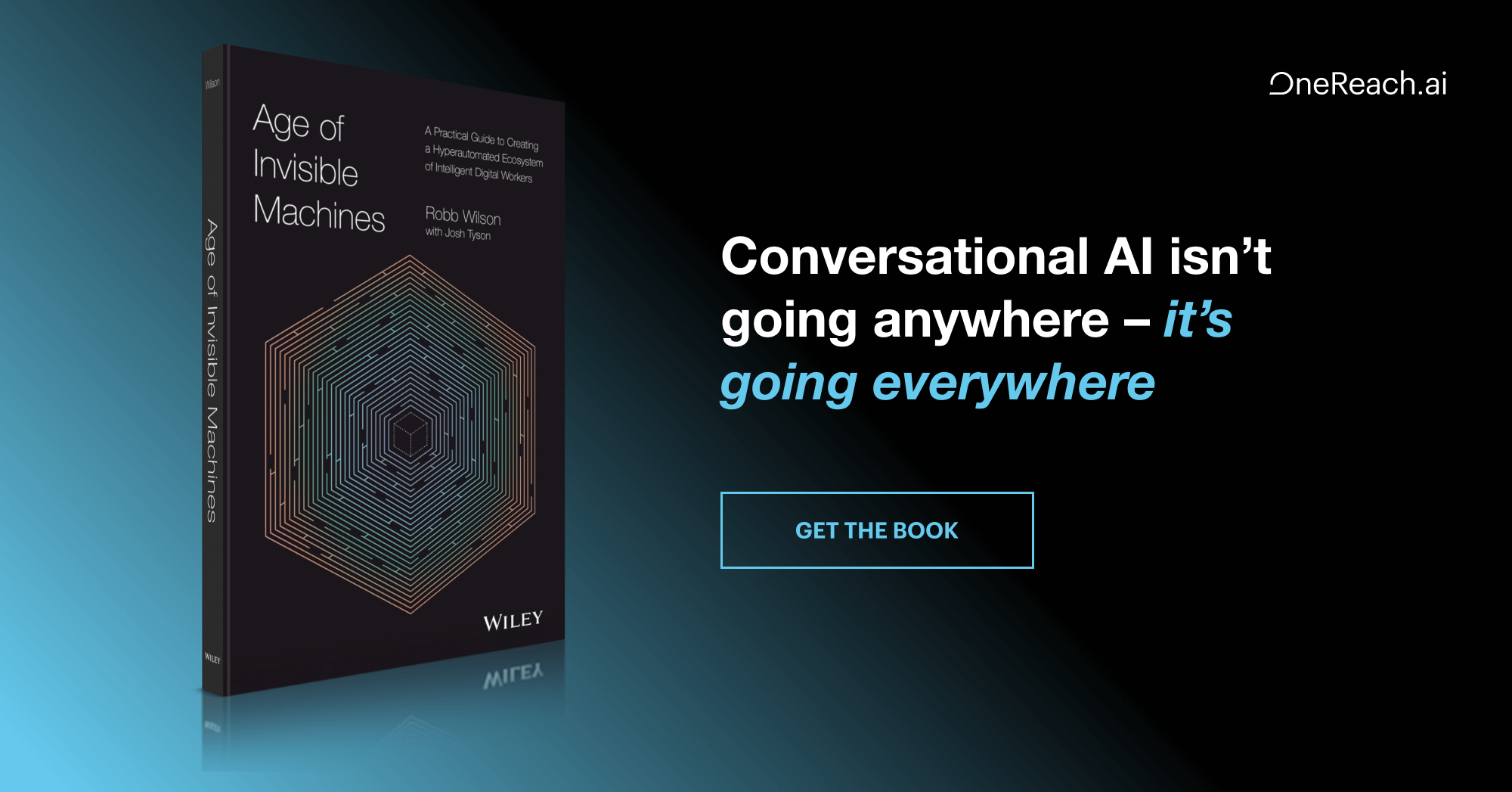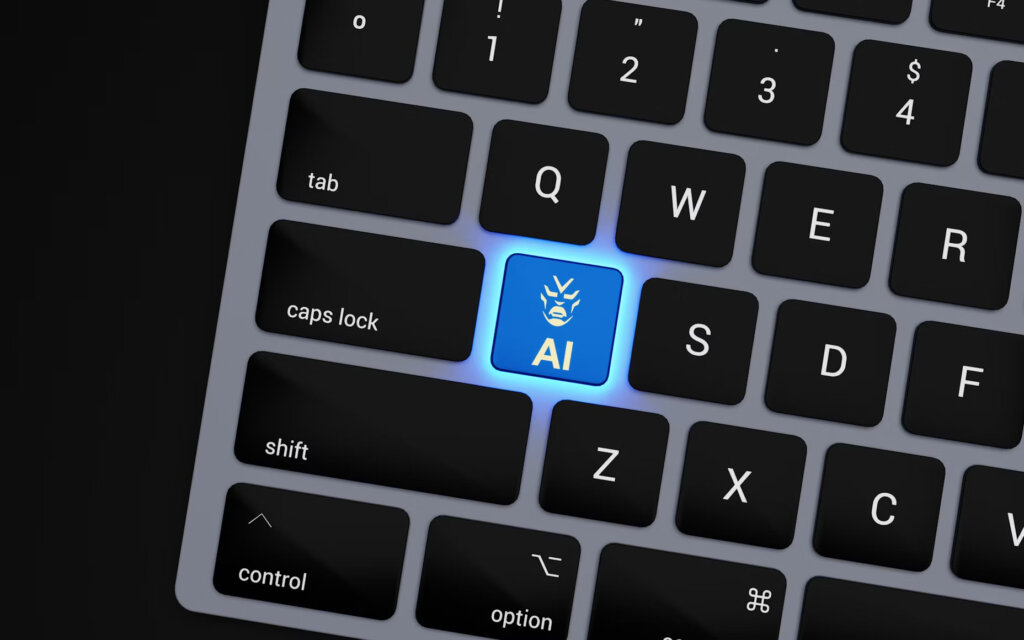I’ve been a front-end developer a long time—so long, in fact, that I have always been a front-end developer. Thirty-two years ago, I was a front-end developer.
I’ve seen enormous change in my industry over those three decades, and the only way I’ve achieved longevity is by keeping my skills current. When I first started developing, there were no “Icons” or “Windows,” to paraphrase Dilbert, we really just had zeros and ones.
For college courses we wrote our computer programs on grid-like coding sheets before sitting down in front of a cardpunch machine to type program decks of computer instructions. We transcribed our instructions on coding sheets ahead of time because “monitors for general use” didn’t exist. The only people with access to monitors were the computer operators, and those monitors were solely to verify whether or not the computer was functioning properly. The front-end consisted of command-line text instructions.
Since you weren’t able to see what you were typing (as I am doing now without second thought), you had to eyeball the coding sheets to ensure the integrity of the code before going ahead and imprinting the instruction on a punch card.
The punch cards were then fed into a card hopper that read the instructions, compiled them into a program ,and within just a few short hours—hopefully—you’d receive some sort of paper output from a dot-matrix printer. If you made a mistake you started again: two paragraphs up.
After graduation I found a job as a developer in Phoenix. It was a ground-floor opportunity and I was doing it all: wiring the building, installing the computer room, and doing front-end development.
These early opportunities in front-end development were limited, mostly to IBM 3270 screens that ran CICS transactions. For these “green screens,” design on the front-end consisted of positioning characters in such a way as to create really big letters for a logo. This is when front-end design was defined as “really big letters for a logo.”
But even then you could see the potential of interacting with a computer and receiving immediate feedback. I was hooked and realized I was born for this. Things got better when Apple released the first successful mass-marketed GUI in 1983 and 1984 with their Lisa and Macintosh systems, opening the door for a new population of front-end developers. One no longer needed to know how to string 0s and 1s together or how to run a command line to make a computer useful. By creating pull down menus and intuitive iconography that made the computer more approachable, Apple facilitated a new relationship between novice users and computers. Accessible computers meant not only a new tool, but new industries and career opportunities.
GUIs marked the dawn of a new age in front-end development. If you wanted to be on the bleeding-edge, there were skillsets you needed to acquire. As the ‘90s approached, I was staring at a brand new PC on my desk that ran Windows 3.0. The textures and hues of icons and windows stoked my desire to move into the next level of front-end growth, the GUI.
Curiosity brought me to explore Visual Basic and although it was a 180 from writing CICS code to the drag and drop of an object-oriented application, it opened up a whole new world of interactions and challenges.
It was difficult to transition into this space. It’s a mind-shift—you’re adept at what you are doing; now you have the learning curve of something new. You have to read the landscape. CICS had run its course, there were only so many big logos you could make with green or amber pixels.
The next big shift came in the early ‘90s, when companies like AOL, Prodigy, and Compuserve offered online services: news, entertainment, travel, sports, and reference information with the characteristic sound of the dial-up modem. Their content was gated at first, meaning that you could only access their subscription based services, but it was the precursor for what we now know as the Internet.
Compuserve offered a browser to its subscribers that connected them to the Internet. It was the addition of bulletin boards by AOL and email that really opened the way for people to exchange information on the Internet. Now, one was not merely getting gated content, people were able to receive information from anyone who was out there … anywhere.
By this time I had developed a reputation as something of a trailblazer and I began working on a R&D team commissioned to analyze the impact of this emerging online experience and what how it could be leveraged by the company we were working for at the time. Our research and projections hypothesized that in five years, everyone—and we meant everyone—would be performing online transactions over the Internet and that our current business models were not going to be obsolete.
When we presented our report, we were summarily discounted. Given what we knew was coming, and where our company stood, we realized we needed to cut ties. Two of us went to Microsoft, one to Oracle and I went to the biggest financial company in the U.S. The train was getting ready to leave the station and they were climbing on board. I wanted to be part of it.
This company was preparing to develop their first Internet financial institution service offering and I signed on to be the principal front end architect; to set the foundation. If you build it, they will come. And they did. The true crowning achievement came three years later, when my previous company knocked on our doors. I put a feather in my cap and branded our financial institution service offering for my past disbelievers.
From here, the cutting-edge led me and my fellow front-end developers to learn HTML: the base skill necessary for Internet front-end development.
The first viable commercial browsers were primitive and really not capable of displaying much more than a presentation board you might find at a science fair: a set of text boxes interspersed with the occasional image as a plea to keep you from walking on to the next kid with the exploding volcano model.
The browser front-end became more advanced as the browser wars escalated and companies scrambled to provide the richest feature set. CSS became necessary to master as web sites evolved to become the primary face of a company. One needed to ensure that a brand had a consistent look and feel, and handcrafting CSS into every page with differing browser standards was an overwhelming task. As these brands became storefronts it became necessary to learn client-side Javascript to perform the multiple functions required of an ecommerce site.
Just knowing HTML, CSS, and Javascript isn’t enough to stay on top. To remain current you will need to bring jQuery and other frameworks into your toolkit. HTML5, CSS3, and Sass are now arrows you will need in your quiver, because the front-end isn’t about the desktop anymore. Responsive design has brought the user experience to multiple form factors: smartphones, tablets, television, cars, refrigerators, and even eyewear—sometimes several of them simultaneously. This requires a new set of skills that will be key to remaining relevant over the next five years.
Even though I’ve spent most of my professional life working in a field defined by ceaseless change, one thing that’s always been a constant for me is the desire to learn. I really can’t think of a day when I didn’t learn something new, and I feel there is more to know than I can ever consume. The desire to learn keeps all of us relevant as we move toward an unsure, but surely exciting horizon.
Image of memory lane courtesy Shutterstock.








